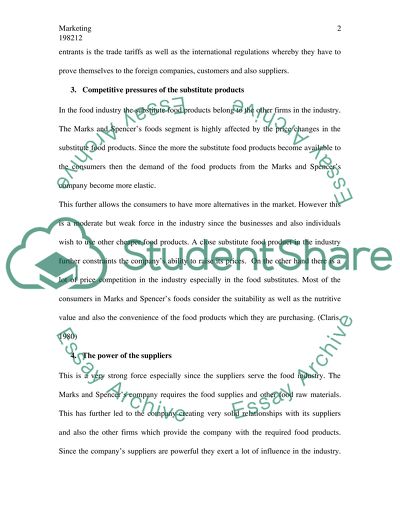Cite this document
(“Marketing Essay Example | Topics and Well Written Essays - 2500 words - 15”, n.d.)
Retrieved from https://studentshare.org/miscellaneous/1543754-marketing
Retrieved from https://studentshare.org/miscellaneous/1543754-marketing
(Marketing Essay Example | Topics and Well Written Essays - 2500 Words - 15)
https://studentshare.org/miscellaneous/1543754-marketing.
https://studentshare.org/miscellaneous/1543754-marketing.
“Marketing Essay Example | Topics and Well Written Essays - 2500 Words - 15”, n.d. https://studentshare.org/miscellaneous/1543754-marketing.


